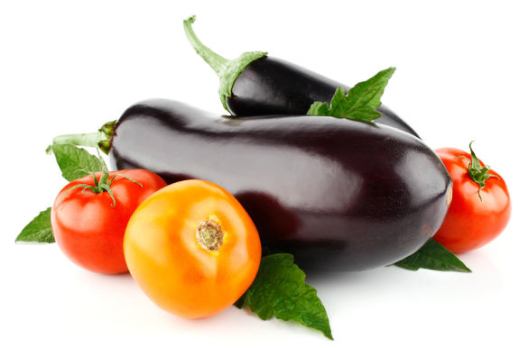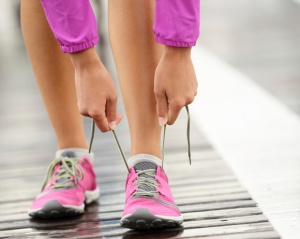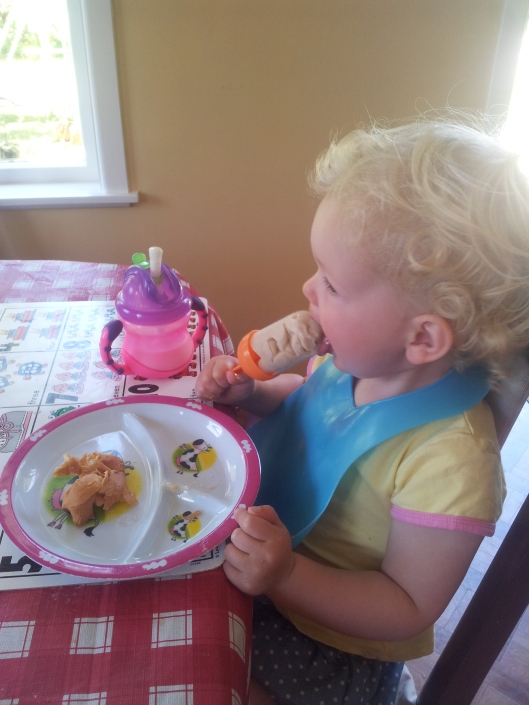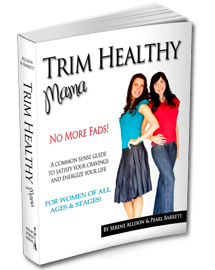My blog does a roaring trade this time of year as quitting sugar is a New Year’s resolution for many folks.
This re-post of my tips to giving up sugar is for you.
How to give up sugar
You can either quit gently (I’d recommend Sarah Wilson’s I Quit Sugar programme if this sounds like you) or go cold turkey. I went cold turkey, cause that’s just how I roll. Either way, here are some tips to make it easier on yourself.
- Quit when your social calendar isn’t full. It was the beginning of November when I first discovered Sweet Poison. As Christmas was coming up, D and I decided to be kind to ourselves and wait until AFTER Christmas/New Year’s. We waited until we were back at work, so we didn’t have lots of free time to think about food. Stay in for a couple of weeks instead of going out for dinner at night. Avoid your favourite cafe. Have friends over to your house, instead of going to theirs.
- Get sugar in all its variants out of your house. Give it away to your neighbours. Just get rid of it. You don’t want to be sitting at home on day two with that stash of chocolate you always keep in the top right-hand cupboard calling your name.
- Generally I think soft drink is the devil, but get some zero-sugar drink to get you through the withdrawal period, if you think it might help. Trust me, after a few weeks you will no longer want the stuff anymore. I had it for about a week (that’s all I could stand) and it helped me when I got cravings.
- Expect to have a few days of feeling rubbish. It passes. Sooner than you’d think. You *may* get a headache or feel very fatigued.
- Really think about if you’re ready to quit. It’s okay if you’re not. Just file the idea of quitting sugar away for when you are. For me, I’d just had enough. I’d hit bottom. I was so embarrassed and ashamed of my over-eating that carrying on as I was just wasn’t an option anymore. My kids are my motivation for staying sugar-free. I don’t want them to grow up with a weight problem, or have the food issues that I did.
- Expect to be hungrier than usual for a few days. Eat larger meals, buy some sugar-free snacks, whatever it takes. Your appetite will eventually calm down.
2. Why should I give up sugar?
Oh man, once you’ve been off it you’ll see. Fructose is killing us. It’s making us fat, sick, tired, diseased, spotty and addicted. There is nothing in fructose that your body needs.
Giving up sugar has changed my life. Here are some benefits I’ve seen:
- weight loss
- increased energy
- increased satiety levels (I only need 3 meals a day)
- clearer mind
- fewer mood swings
- better sleep
- clearer skin
- HAVING CONTROL OVER MY APPETITE. I never could stop a one chocolate. Now I can look at chocolate and not even want it. Now I seldom even think about chocolate. Or other sweet stuff.
3. What’s sugar withdrawal like?
Unfortunately, it’s different for everyone. David Gillespie of Sweet Poison fame reckons men have an easier time of it than women. I think he’s probably right. My husband D took a couple of weeks to withdraw, which is pretty typical for men. I took a couple of months. (Unfair, isn’t it.) Some women take longer. You may experience the following withdrawal symptoms:
- headaches
- nausea
- irritability (Duh! Of course you’re going to be irritable)
- intense hunger (When D and I quit we were both RAVENOUS on the first day. I would have eaten anything not nailed down). Have a metric tonne of sugar-free snacks at the ready.
- tiredness/lethargy
- trouble sleeping
All these symptoms are normal. You are detoxing from an incredibly addictive substance. I felt headachey, hungry and tired for a couple of days, but otherwise I was okay. I found the worst part of withdrawal was simply saying no to temptation when out and about.
4. How will I know when I have withdrawn properly?
Your appetite will decrease. You will no longer have thoughts of food taking up valuable space in your mind. You will no longer be planning your day around trips to get snacks, or panicking about when food might get served at a friend’s dinner party because you’re starving. You will be able to look at sugary treats and say ‘euck’.
5. How do you stay sugar-free?
Expect to mess up. Ok? Just expect it. You’re going to be okay. You’re making a big change. You’ve been addicted to this stuff for most of your life.
It takes a person an average of SEVEN times to break any sort of addiction, and sugar is no exception. D and I first quit in January 2012 and did really well until we went to America in September that year. We came back totally addicted again (hard to avoid it when you are been hosted by people). As I was pregnant at the time and finding withdrawal incredibly hard, we decided to be kind to ourselves and quit after the baby arrived. I was sugar-free until 11 months later I discovered I was pregnant again. I tried with all my might not to eat sugary things during pregnancy no. 2, but just couldn’t do it. I really don’t know why, as when I am no longer pregnant going sugar-free is a doddle.
I am not militant about never eating any sugar – but I pretty much only have it if I have been invited over to someone’s house for dinner and they give me dessert. I take the view that I am not deathly allergic to sugar and simply eat whatever is put in front of me, like a good guest. I tried having party food on special occasions, but it just didn’t work for me. If I eat anything sugary now I feel terrible for several days, and I also find it tastes horrible to me now, so it’s easier just to abstain when I can.
After you’ve been sugar-free for a few months it really does get easier and easier. If you mess up, or deliberately choose to eat some, just gird your loins and start eating sugar-free again at your next meal. It’s not the end of the world.
6. How do you get kids to be sugar-free?
Err, good question. Here’s a rundown of what my toddler might eat in a typical day.
Sugar is in most of the food your kids eat, even if you haven’t meant to sugar them up. Seriously. It’s in their cereals, their yogurts, their ‘healthy’ muesli bars. Depending on your kids’ personalities and how old they are, you might want to take the softly, softly approach. Arm yourself with lots of yummy sugar-free recipes.
Again, I’m not militant about my children never, ever, ever letting sugar pass their lips. My kids love sugary things as much as the next kid, so I let them eat whatever they want at parties and even give them the odd treat or dessert. I’ve seen total sugar abstinence lead to some very weird behaviours around food and don’t want my children to behave that way.
7. I love baking. What sugar alternatives do you use?
Okay, lots of recipes will claim to be sugar-free but still use honey, agave, or maple syrup. They are all high in fructose and are still bad for you. So you do have to look a bit harder online to find truly sugar-free recipes.
Occasionally I use stevia and rice malt syrup. I mostly use erythritol or dextrose when baking, but to be honest, I reckon the jury is still out on that all of these sweeteners for me. With all due respect to my sugar-free friends out there, some people use alternative sweetners like it gives them free licence to eat cake. Like it magically makes things healthier. It’s still cake. You can make some amazing sugar-free treats for sure, but use them sparingly.
8. What does a typical sugar-free day look like for you?
One of the great things about giving up sugar is that once you are free of your cravings, you have the headspace to think about what else you are eating. I simply couldn’t do that on any other sort of ‘diet’. I would resolve to eat well and last for a few days before my cravings for sweet things and junk food kicked in. Now I am free to really pursue good nutrition.
I believe in whole foods, made from scratch most of the time. I eat high fat (animal fats), low carb (which naturally includes no sugar). A misconception about HFLC is that you eat a ton of meat. Yes, the amount of meat I eat has increased, but most of my diet is vegetables. Seriously. Our fridge looks like a market garden. Eating this way has drastically reduced the amount of food I need to get through the day.
Breakfast: usually bacon and eggs.
Lunch: chicken or tuna with a huge pile of veggies.
Dinner: Some sort of protein rich, low carb dinner with veggies.
And that’s pretty much it. Sometimes I have a piece of fruit with lunch or as a snack if I need one. But I seldom need snacks anymore.
All the best with your resolution!










